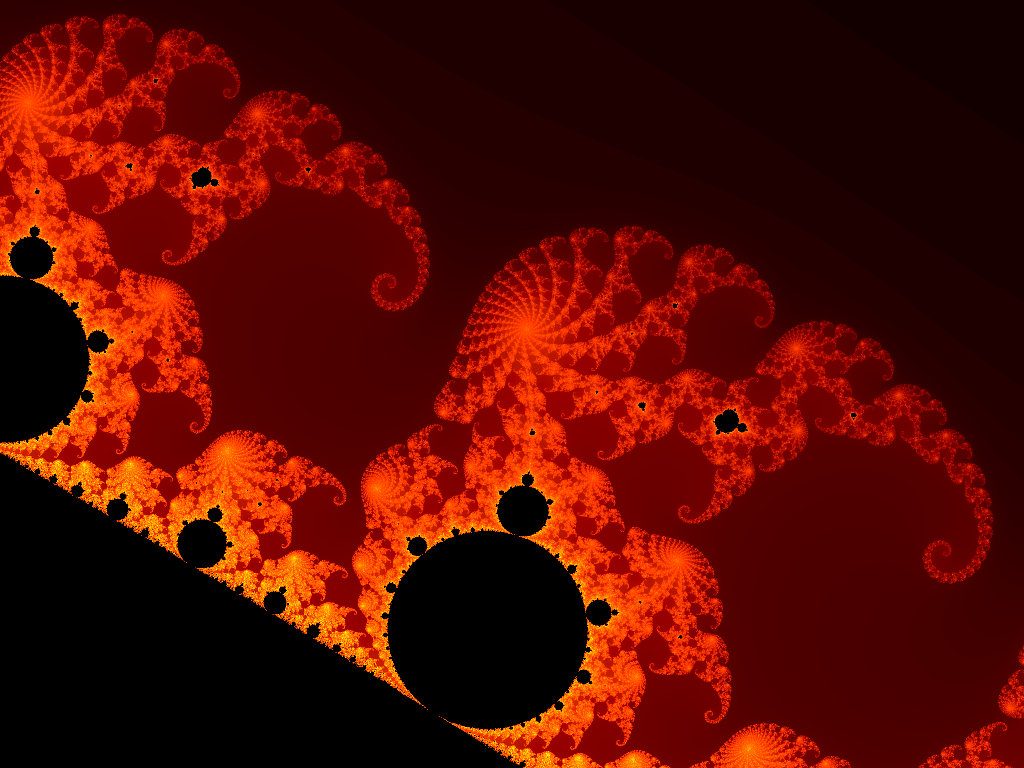The Beautiful
07.21.2017« There is no exquisite beauty without some strangeness in proportion. » (Francis Bacon, 1561-1626)
This quote was made famous by Charles Baudelaire (1821-1867) who came across it when translating Edgar Allan Poe’s (1809-1849) Marginalia (notes that the author scribbled in the margins of books). Poe quotes Bacon on the topic of English poet Percy Bysshe Shelley (1792-1822) whose proficiency at cantos he much admired. Shelley, according to Poe, is the most original of poets because he was the most inspired and he wrote in order to dialogue with his soul and to account for the heightened perception caused by his clairvoyance rather than producing work within the traditional « Art » mould: « As for Art, except for what Genius instinctively possesses, he is poorly gifted or despised it totally. He totally reviled this rule that is just an emanation of the Law, because his soul was in fact the Law itself. » (Poe, Marginalia).
Baudelaire went on to write that « the beautiful is always strange. » (« […] try to think of an example of banal beauty ! »), which was at odds with Bacon’s philosophy, the translations of which veered more towards bizarreness than strangeness. In Fusées, Baudelaire explains his ideas about beauty: « I found the definition of the Beautiful, my Beautiful. — It is something ardent and sad, something slightly vague, giving rein to conjecture. » The poet uses an example, « the most interesting in society », « a woman’s face » and logs the discordance he sees: « a face that makes you dream at once, — but in a confused way, — of voluptuousness and sadness; which carries with it the idea of melancholy, lassitude and even satiety, — let us say a contradictory idea, in other words an ardour, a desire to live linked to an ever-returning bitterness, as if the result of deprivation or despair. Mystery and regret are also characteristics of the Beautiful. » This is the definition of a romantic genius peculiar to his nature and era. As an art critic, Baudelaire casts a less personal glance in « Le beau, la mode et le bonheur » (The beautiful, fashion and happiness): « the Beautiful is always, inevitably, made up of dual components […]. An eternal, invariable element, the quantity of which is extremely difficult to determine, and a relative, circumstantial element that could be, if you will, in sequence or all together, era, fashion, morality and passion. Without this second element, which is like the amusing, titillating, appetizing exterior of the divine cake, the first element would be indigestible, unappreciable, unadapted and inappropriate to human nature. »
So many contradictory views on beauty that can never be grasped. It may well be that there are laws of harmony and rules that prevail in all art. These rules require knowledge, practice and effort before you can be free of them. But they are never enough. Beauty is a whole and the harmony between the different parts of it escapes understanding. Its eurythmia (harmonious movement) indicates a Unity without ‘units’ to some extent.


